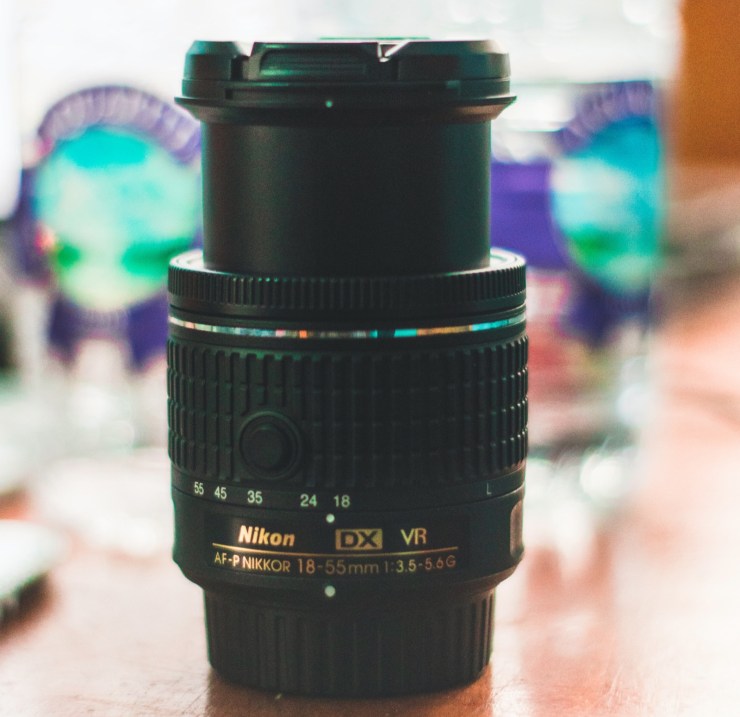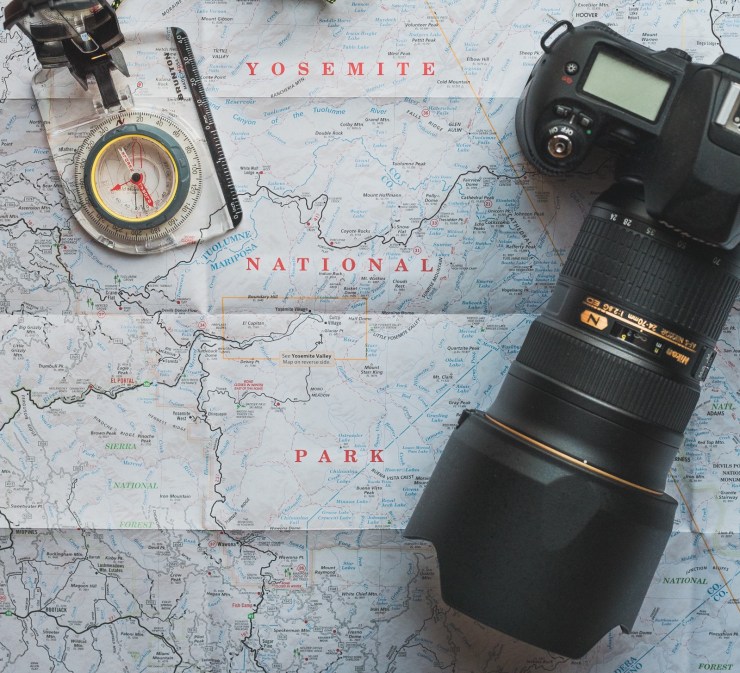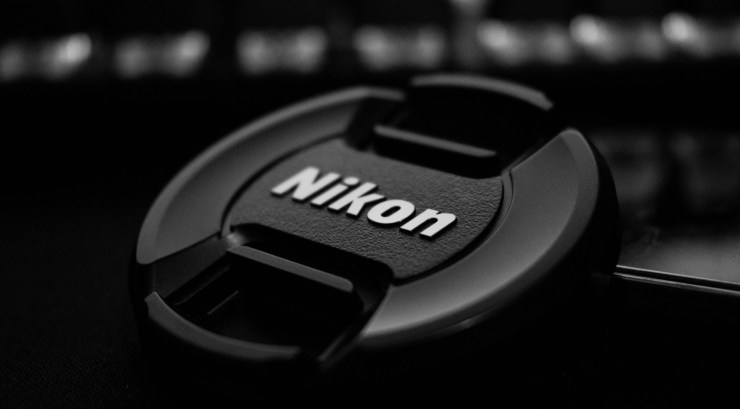There is an inherent trade-off in having any lens designed for full-frame size sensor cameras: It is much longer and has much more length than it does effective diameter. At the same time, lenses designed for cropped sensors are shorter, compact and lightweight.
Before you purchase a Nikon lens, you need to understand a few things.
Table of contents
- DX vs. FX
- F mount vs. Z mount
- Prime vs. zoom lenses
- Prime lens
- Zoom lens
- My Nikon lens setup

DX vs. FX
Before buying a Nikon lens, the most important thing to know is understanding the difference between DX and FX sensors.
The DX sensor is the size of APS-C film, which is roughly 24×16 mm. The smaller sensor means its lenses can be smaller. That means smaller glass which also means less cost.
The FX sensor is a full-frame 35mm sized chip approximately 36×24mm. There are advantages to FX sensors over DX sensors, like better ISO noise and potentially more dynamic range and sharpness. However, that means the lenses will also be larger, heavier and more expensive.
F mount vs. Z mount
The next thing to understand before buying a Nikon lens is which mount system your camera has.
The F mount is Nikon’s classic lens mounting system which has been in effect since 1958. Nikon continues to make lenses for the F mount cameras, but you will find out shortly that there is a new mount available.
The Z mount is Nikon’s newer lens mounting system which has been in effect since 2018. All the Z bodies Nikon produces use this mount, and they are all mirrorless cameras. Meaning, they are not traditional DSLR cameras with a mirror to flip up and down when you press the shutter button.

Prime vs. zoom lenses
If you are new to photography — with a new DSLR camera — and just started your photography career, you may not completely understand the differences and subtleties of lenses. You may think that it doesn’t matter whether you used a prime lens or zoom lens to get a sharp picture because there is no difference between them.
Prime lens
The most common use and usage of prime lenses (or lenses with only one focal length) are photographing portraits, sports and wildlife. If you want to make a picture of a bride, she may be wearing a beautiful dress. If you are trying to capture that picture with a prime lens likely will not require much light due to its fast aperture. However, you will have to zoom (using your feet) to get proper distance and framing manually.
Prime lenses are also known for having beautiful bokeh when using their fastest aperture for shallow depth of field.
Finally, the minimal glass elements inside prime lenses are incredibly crisp, which help produce the most precise images.
Zoom lens
When people think of a zoom lens, they probably think of a lens that zooms in or out from short to long distances. I mean, that’s the most obvious answer to the question of what a zoom lens is.
There is more to that, though. Some zoom lenses have a short focal length change. For example, Nikon sells a 16-30mm lens. That’s not a long distance to travel.
Zoom lenses typically come in three different styles, which I will describe as Good, Better, and Best.
- BEST: f/2.8 apertures like the 24-70mm f/2.8 and the 70-200 f/2.8. With these lenses, you can choose to use f/2.8 no matter the zoomed length.
- BETTER: f/4 apertures like the 24-120mm f/4 and the 70-200 f/4. With these lenses, you can choose to use f/4 no matter the zoomed length. There are sometimes f/5.6 versions of the longer lenses, like the 200-500mm f/5.6.
- GOOD: Variable apertures like the 24-200mm f/4-6.3. With these lenses, the fastest aperture available to you depends on how zoomed you are. For the 24-200mm lens, at 24mm, you can use f/4, but at 200mm, you can use f/6.3.

My Nikon lens setup
For a long time, I used the BEST category of zoom lenses until I dug into my Lightroom analytics and discovered I rarely used f/2.8 with those lenses and almost always used f/4.
So I made a switch based on my personal use and now use the BETTER category of zoom lenses.
In the long run, I prefer using prime lenses whenever possible. But there are times, like when traveling, where it’s simpler to bring fewer lenses. Or, in certain situations when doing client work, it’s simpler to use zoom lenses over prime lenses.
My recommendation is to rent before buying. See what Nikon lens suits your needs the most. Then make the buying decision.
I hope this article has helped point you in the right direction for buying your first Nikon lens. If you have any questions, please don’t hesitate to comment.
If you are interested in learning about my actual Nikon lenses before I made the switch from DSLR (F mount) to mirrorless (Z mount), click here to access “All About That Glass,” which will soon be updated to my Z lens setup.
Tell your story with the second annual Visual Storytelling Conference!
Experience four days of interactive, online training sessions featuring a range of educational content with experienced photographers and content creators. This free event kicks off with a series of technical boot camps to build essential skills, followed by live, online sessions on photography, video, business and social media. Join live from March 10-13, 2022!
